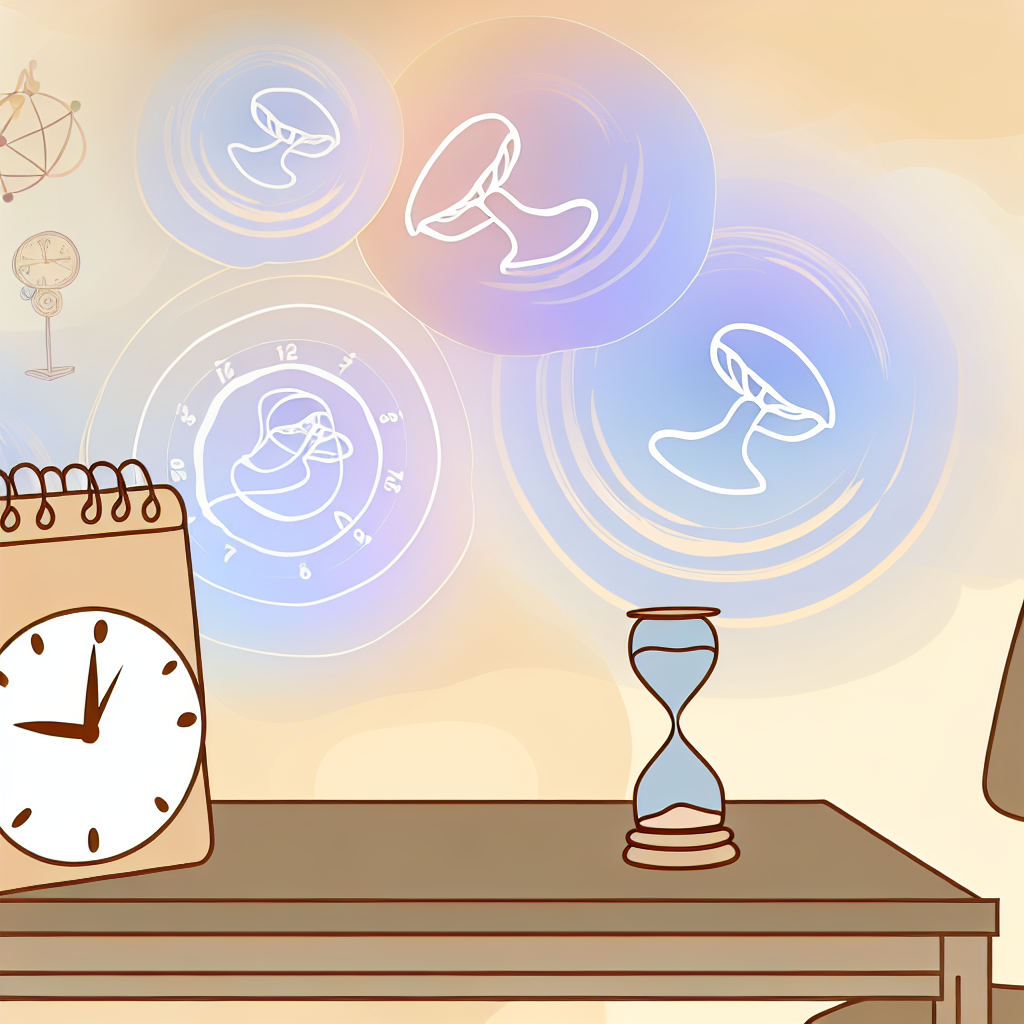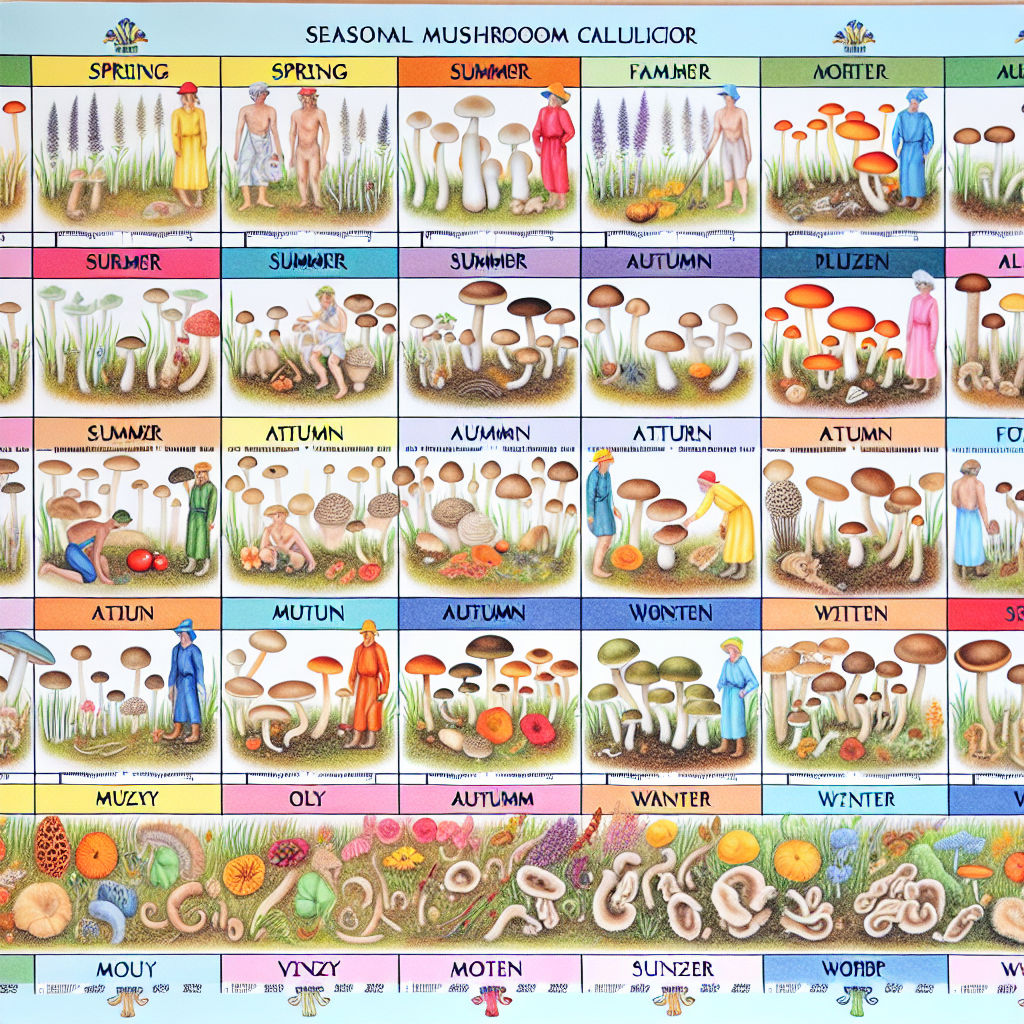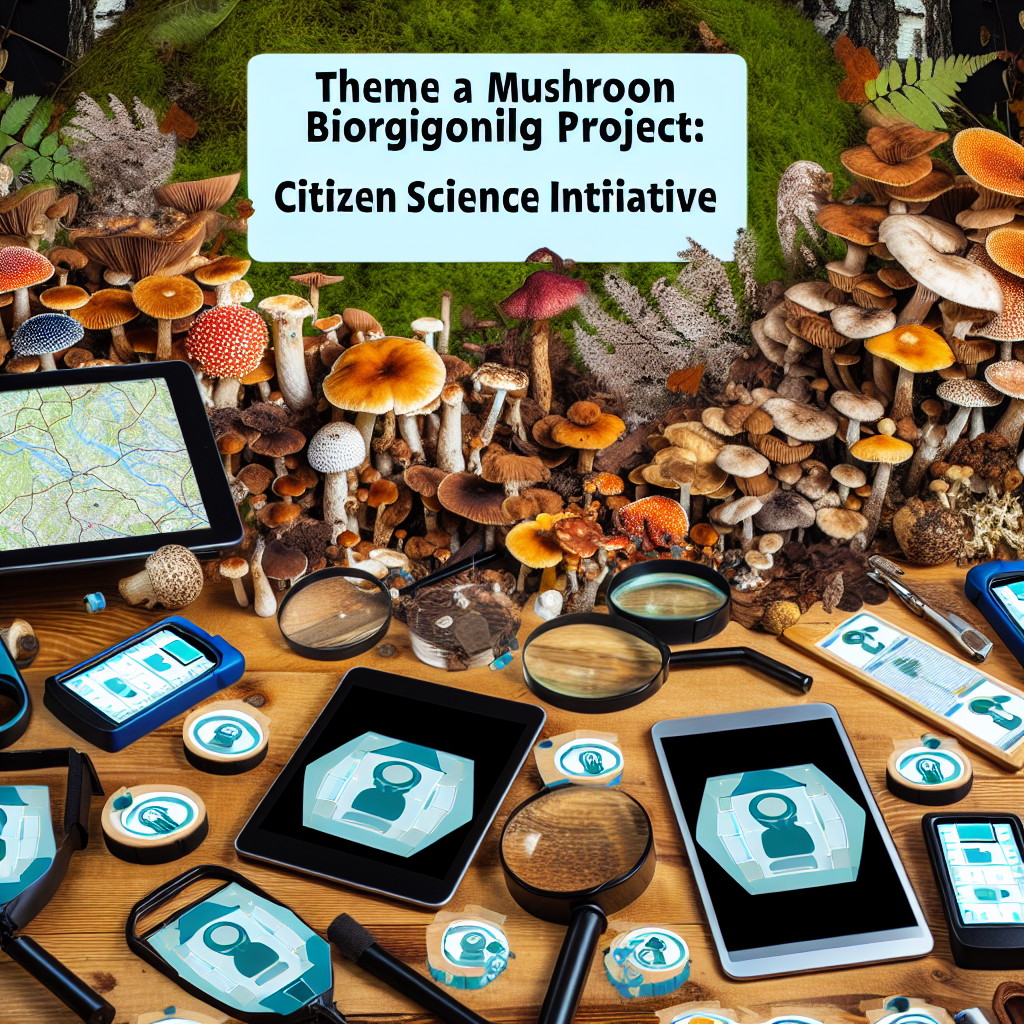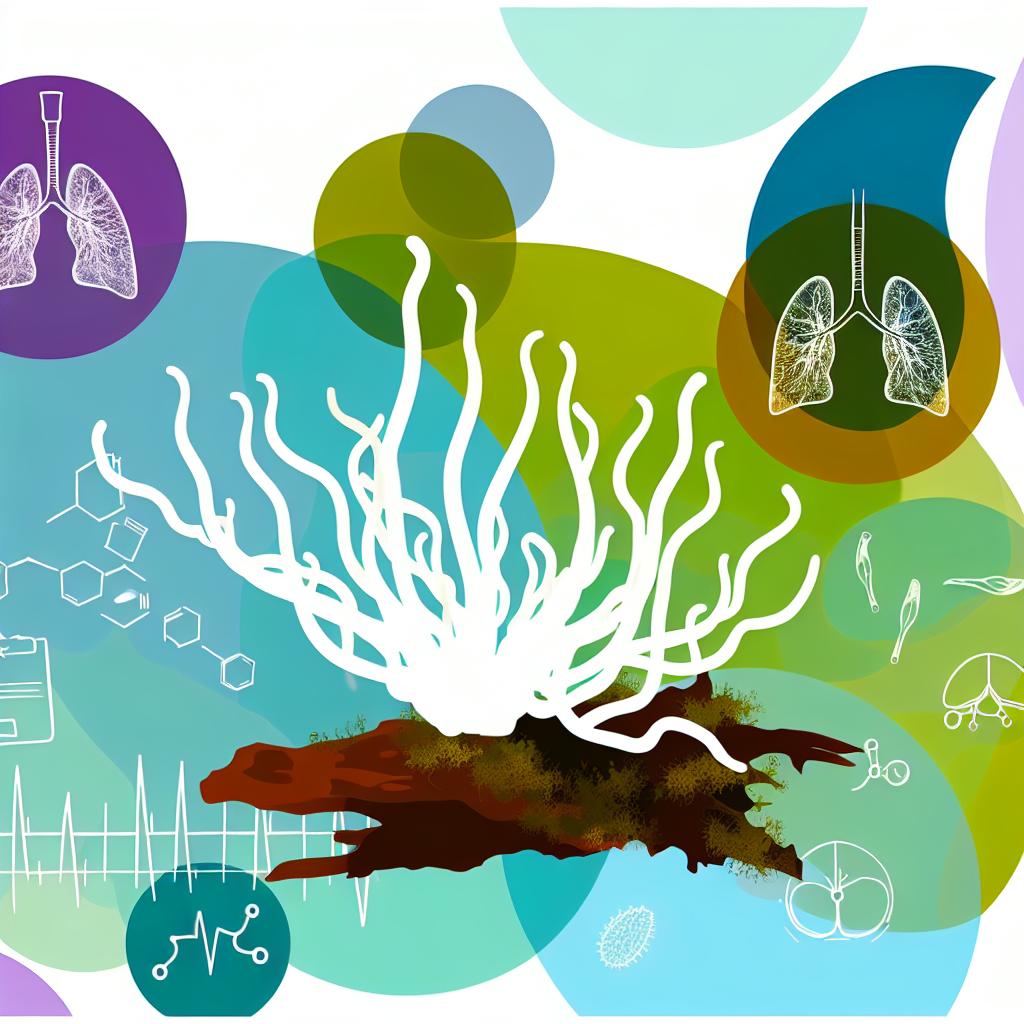Microdosing Psilocybin for Productivity: Scheduling and Dosage Guidelines
In recent years, psilocybin—the naturally occurring psychoactive compound found in “magic mushrooms”—has emerged from the shadows of stigmatized counterculture into the forefront of neuroscience, wellness, and cognitive enhancement. Among its most widely discussed applications is microdosing—consuming sub-perceptual amounts of psilocybin to boost productivity, focus, creativity, and mental clarity without triggering hallucinations or intense psychoactive effects.
Unlocking the Science: What Research Says About Microdosing and Productivity
Scientific interest in psilocybin and its cognitive-enhancing properties has climbed significantly in the last decade. While large-scale, double-blind studies are still developing, preliminary evidence and small cohort studies suggest notable correlations between microdosing psilocybin and improved productivity-related metrics. A 2020 study published in Scientific Reports by Prochazkova et al. investigated the cognitive effects of microdosing psilocybin on creative problem-solving. Another 2019 research led by Balázs Szigeti at Imperial College London utilized a self-blinded, placebo-controlled study involving 191 participants. Neurologically, psilocybin functions as a serotonin receptor agonist, chiefly targeting the 5-HT2A receptor, which correlates with increased neural plasticity, improved pattern recognition, and a temporary reduction in the Default Mode Network (DMN)—the brain’s autopilot system typically linked to daydreaming and repetitive thought patterns.
Smart Protocols: How to Schedule and Microdose for Peak Productivity
Building a reliable microdosing regimen involves clarity in both dosage and scheduling. Two of the most respected protocols today are the Fadiman Protocol and the Stamets Stack, each with its own unique rhythm and benefits.
Dialing in the Dosage: How Much Psilocybin Should You Take?
A microdose of psilocybin typically ranges from 100 to 300 milligrams (0.1g to 0.3g) of dried mushroom, depending on strain potency, individual weight, and personal sensitivity. New users should begin on the lower end—around 100 mg—and only consider incremental adjustments after completing one full cycle of observation.
Measuring Success: Tracking Your Experience for Optimal Outcomes
Whether using a journal, spreadsheet, or app, tracking your microdosing journey is crucial to understand and optimize its impact on productivity. Daily notes might include metrics such as mood rating, focus level, task completion, creative bursts, and social interactions.
Use With Caution: Ethical Considerations and Health Warnings
While psilocybin is generally considered low-risk in sub-perceptual amounts, it is crucial to approach microdosing with responsibility. Risks include interaction with antidepressants, exacerbation of manic episodes, and legal ramifications in regions where psilocybin remains a scheduled substance.
The Bottom Line: Elevate Your Productivity Mindfully
Microdosing psilocybin holds transformative promise for those seeking enhanced focus, creativity, and emotional stability. With the right protocol, accurate dosage, and self-awareness, users can enter a flow state more often and sustain higher levels of productivity with fewer side effects than traditional stimulants.
Summary:
Microdosing psilocybin, the psychoactive compound in “magic mushrooms,” has gained popularity as a way to boost productivity, focus, creativity, and mental clarity without inducing hallucinations. This article explores the science behind microdosing, provides guidelines for scheduling and dosage, and cautions users to approach the practice responsibly. By following evidence-based protocols and tracking their experience, individuals can leverage the cognitive and emotional benefits of psilocybin to enhance their performance and well-being.
References:
Prochazkova et al. (2018). Exploring the effect of microdosing psychedelics on creativity in an open-label natural setting. Psychopharmacology.
Szigeti et al. (2021). Self-blinding citizen science to explore psychedelic microdosing. eLife.
Carhart-Harris et al. (2012). Neural correlates of the psychedelic state as determined by fMRI studies with psilocybin. Proceedings of the National Academy of Sciences.
Rootman et al. (2021). Adults who microdose psychedelics report health-related motivations and lower levels of anxiety and depression compared to non-microdosers. Scientific Reports.

Dominic E. is a passionate filmmaker navigating the exciting intersection of art and science. By day, he delves into the complexities of the human body as a full-time medical writer, meticulously translating intricate medical concepts into accessible and engaging narratives. By night, he explores the boundless realm of cinematic storytelling, crafting narratives that evoke emotion and challenge perspectives. Film Student and Full-time Medical Writer for ContentVendor.com




